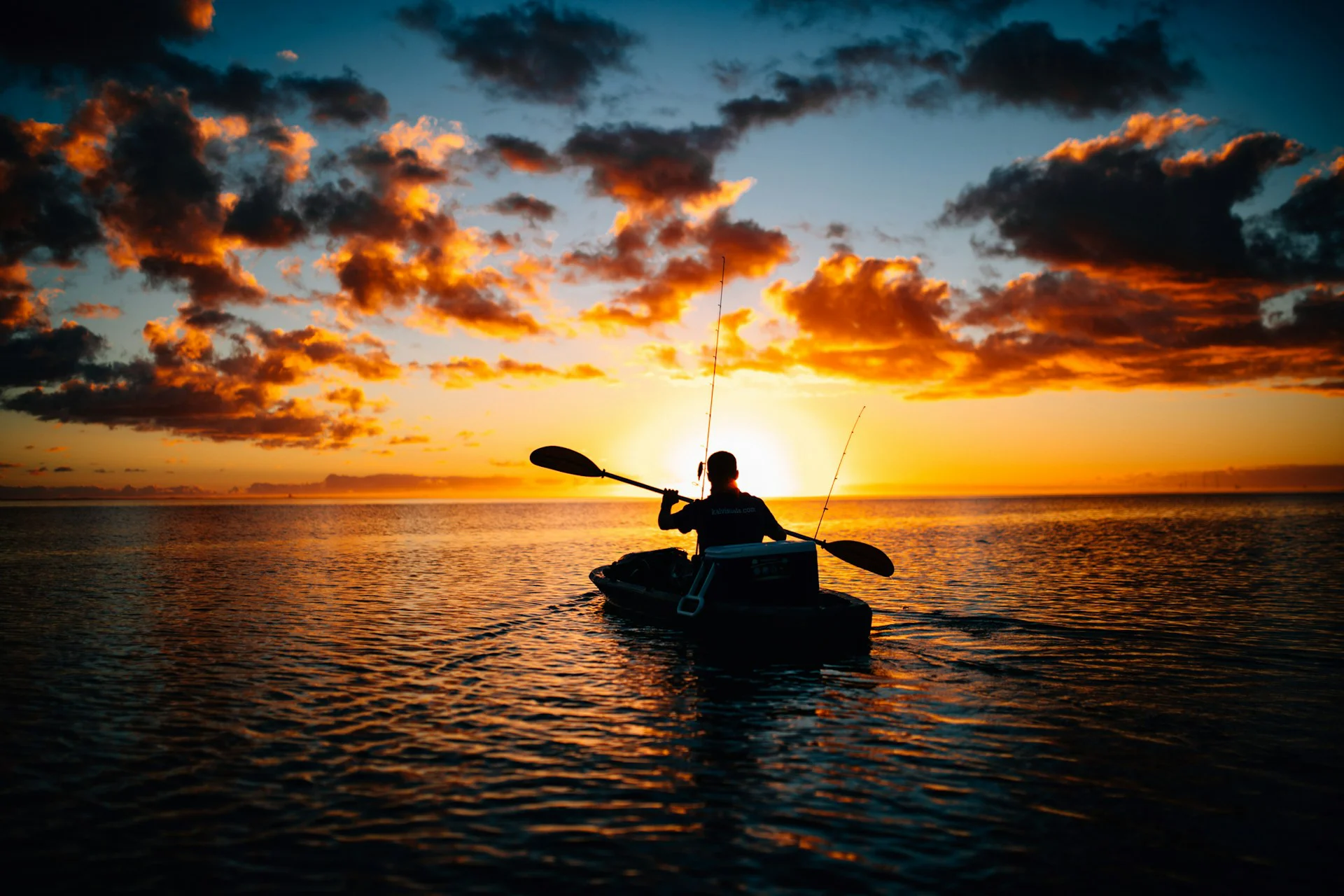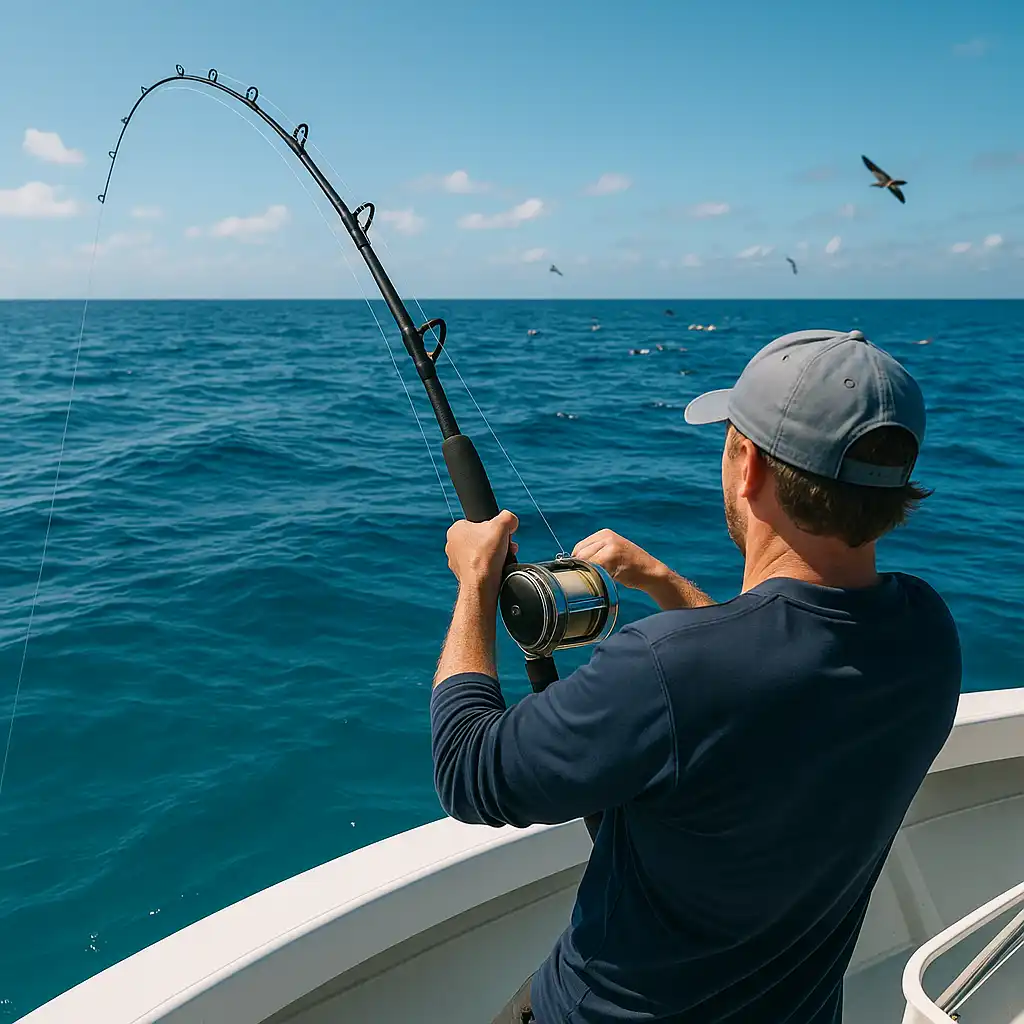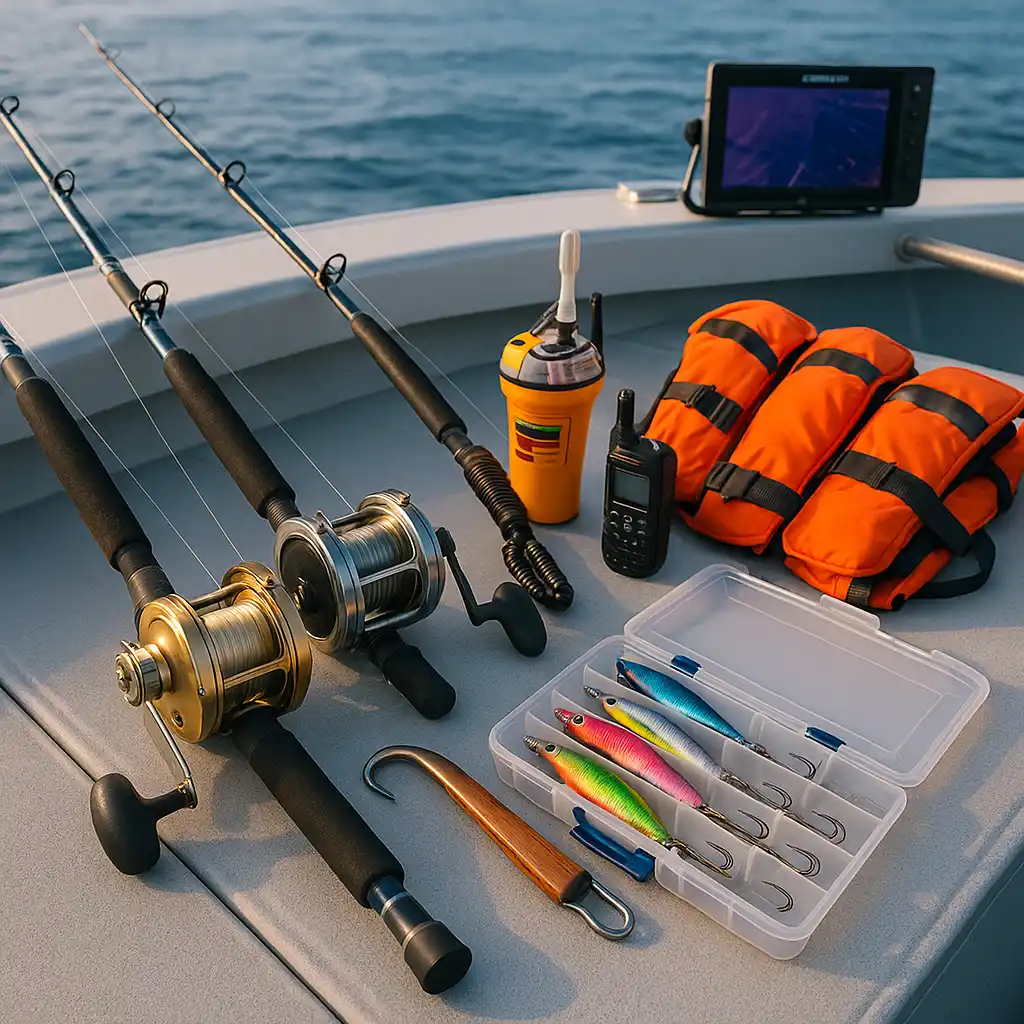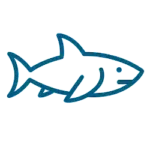

Explore WA’s World-Class Offshore Fishing
Western Australia’s offshore waters offer some of the most exciting sportfishing opportunities anywhere in the world. From deep reef systems teeming with demersal species to the bluewater playgrounds where marlin, tuna, and mackerel roam, there’s something for every boat angler. In this guide, we uncover WA’s top offshore fishing destinations, essential gear for heading out to sea, safety considerations, and expert tips for landing your dream catch.
Western Australia’s offshore waters are a true angler’s playground — vast, rugged, and brimming with life. From just a few kilometers out to the deep continental shelf drop-offs, WA offers access to some of the richest fisheries in the world.
Chasing iconic species like dhufish, pink snapper, baldchin groper, Spanish mackerel, yellowfin tuna, and even marlin becomes part of the offshore adventure. Every trip holds the potential for a once-in-a-lifetime catch.
The diversity across regions is unmatched: metro boaters can target big snapper and Samson fish close to shore, while those heading north towards Exmouth and the Kimberley find vibrant coral reefs and pelagic action in warm tropical waters. With breathtaking scenery, clear blue oceans, and adrenaline-pumping fishing, WA offshore adventures are hard to beat.

Just a short run from Perth’s boat ramps, anglers can access deep reefs, drop-offs and wrecks holding quality demersal species. Snapper, dhufish, baldchin groper and Samson fish are common targets. Calm winter days often offer the best conditions for offshore launches in the metro area.
A dream destination for offshore fishing, the Abrolhos Islands offer sheltered anchorages, vibrant coral reefs and thick schools of trophy fish. The variety is staggering — from coral trout to Spanish mackerel and big baldchin groper. Access is typically by larger private boats or charter.
Exmouth offers a world-class offshore fishery just minutes from shore. You can target reef species on one trip and head out for billfish the next. The Ningaloo Reef drop-off brings sailfish, marlin, tuna and mahi-mahi within easy reach for trailer boats.
The Dampier Archipelago boasts hundreds of islands and hidden reef systems, creating endless fishing options. Target pelagics offshore or drop deep for huge red emperor and coral trout. It’s a rugged, remote paradise for adventurous anglers.
Offshore Broome offers seasonal encounters with sailfish, black marlin, tuna and Spanish mackerel. The billfish season brings explosive surface action, while reef fishing for golden snapper and cod is also productive along the coast.
Offshore fishing demands a serious step up in gear and preparation compared to land-based or estuary fishing. You’re often targeting bigger, stronger fish — and once you’re offshore, conditions can change quickly. Having the right tackle and a sharp focus on safety is critical to a successful and stress-free day at sea.
Here’s what you’ll need to fish offshore confidently and safely:

Maximise your chances by focusing on low-light periods and tidal changes.
Many offshore predators feed most aggressively around dawn, dusk, and during major tidal shifts. Plan your runs to have baits in the water just before first light or near peak tide changes. Whether you’re trolling for pelagics or bottom-fishing reefs, these windows often produce your best action — especially when combined with bait schools and active birdlife.
Estuary fishing rewards anglers who pay attention to the little details. Whether you’re working a jetty, a winding river or a wide coastal inlet, these simple tips can help turn an average session into a standout one:
Target submerged trees, rock walls, jetties and channel edges where fish shelter and ambush prey.
Focus on the last two hours of the outgoing tide and the first hour of the incoming tide — baitfish move and predators follow.
When chasing bream or whiting in clear water, scale down to light leaders and small lures for more strikes.
Vary retrieve speeds and styles: slow hops for bream, faster burns for flathead or tailor.
If you’re not getting bites, keep moving — work different banks, depths and structures.
Diving birds, jumping baitfish or surface boils often reveal where predators are hunting.
Always look for life before you start fishing — no bait, no birds, no fish.
When you’re offshore, signs like bait schools, birds diving, dolphins working the surface, or surface boils often mean predators are nearby. If an area looks lifeless on the sounder and above water, don’t waste time — keep moving until you find the signs. Successful offshore anglers fish where the fish are, not where they hope they’ll be.










Affiliate Disclosure: We are a participant in the Amazon Services LLC Associates Program, an affiliate advertising program designed to provide a means for sites to earn advertising fees by linking to Amazon.com. As an Amazon Associate, We earn from qualifying purchases. Your support helps us keep this site running—thank you!